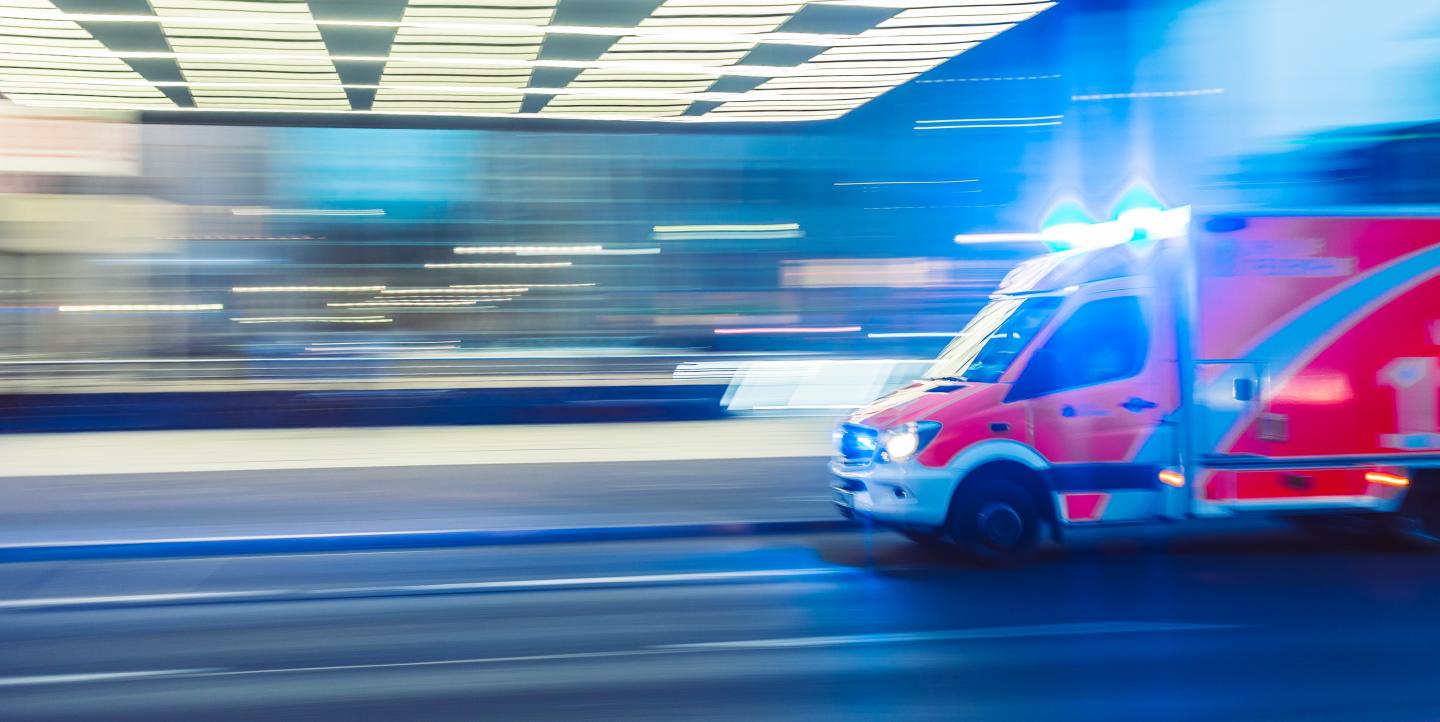Last year, 54 journalists were killed, 250 were imprisoned and countless others put themselves in physical danger while pursuing stories. The work is dangerous, and journalists need to be prepared for the worst-case scenario.
When the International Women’s Media Foundation (IWMF) first began sending fellows to report in conflict and post-conflict countries in 2014, they knew it was important to equip the journalists with some form of safety training. The organization began requiring fellows to attend Hostile Environment and Emergency First Aid Training, or HEFAT. The three to five-day course teaches safety, self-defense and situational awareness through classroom training and realistic simulations of dangerous situations they could face while reporting.
“It helps you to kind of create this muscle memory, and then you understand a little bit about your reactions,” said Nadine Hoffman, Deputy Director of IWMF. “You're able to think through some of the best practices about what you could do.”
IWMF tailors each HEFAT course to the countries fellows are traveling to and the types of situations they might encounter. For instance, fellows reporting in Mexico learn how to respond to cartel threats like kidnappings, Hoffman said. Other skills include emergency first aid, reaction under gunfire and personal security.
Though HEFAT courses don’t typically focus on self-defense, IWMF has added some fundamentals to their curriculum after an increasing demand from journalists. Participants are taught a few simple moves that can help defend against an attacker, regardless of their size. “I think, especially for women, that's really important,” Hoffman said.
Aliya Bashir is an independent journalist based in Indian-administered Kashmir, and a recipient of a grant from IWMF’s Howard G. Buffett Fund for Women Journalists. She received HEFAT training in 2016 before covering the struggles of insurgents' widows amidst the territorial conflict in Kashmir.
Since then, the skills she learned in the training have become an integral part of her journalistic career. Now, for every assignment she goes on, she considers what precautions she can take in order to make her trip safer — anything from backing up her interviews and photos to letting a friend know when she’s going into heavily militarized areas.
“As a woman, I need to have a very strong mental capacity and be a little bit more confident,” said Bashir. “At least I can protect myself with some basics.”
HEFAT is offered by organizations like Global Journalist Security in Washington, and Blue Mountain Group in the U.K. Some newsrooms and programs offer it to staff members and fellows, but for for journalists paying out-of-pocket, the training can be expensive — typically costing between US$1,000 and US$3,000. Some grants are available from organizations like Rory Peck Trust and A Culture of Safety Alliance, but even those can be hard to attain.
HEFAT, however, isn't the only way for journalists to protect themselves. Journalists can also find local martial arts schools that teach self-defense and environmental awareness skills like Brazilian Jiu-Jitsu, Filipino Kali or Israeli Krav Maga.
Michael Cummings is an instructor at The Fighters Garage, a self-defense school in Virginia, that offers classes in Krav Maga, Kali and Brazilian Jiu-Jitsu. Currently training about 250 students, it is one of many self-defense schools in the area.
“We see a lot of police officers here, a lot of government workers, Foreign Service, DSS [Defense Security Service] — just people who you may end up in a situation where you can't control it, and bad things may happen,” said Cummings, who began combatives training in the United States Army in 2004.
The classes focus on reality-based self-defense and fitness, and students ranging in age and athleticism all training together.
Memberships to U.S.-based self-defense schools like The Fighters Garage cost between US$100-US$200 each month. Although the price is still steep, it offers an alternative for journalists who are interested in basic self-defense skills.
Regardless of the type of training, Bashir believes journalists should constantly educate themselves on how to stay safe in the field. Since her first HEFAT with IWMF, she has completed another course through the Pulitzer Center, and she routinely advises young journalists to pursue similar trainings.
“No story is worth your life,” Bashir said. “If you do not plan things ahead, there are maximum chances that you will end up in danger.”
Main image CC-licensed by Unsplash via camilo jimenez.

